How to Analyze Data for Constant Facebook Ads Optimization
on Feb 11, 2013
Before we go into details, here’s a quick introduction to how the ad process works on Facebook:
A “sponsored story” or an ad limited to 90 characters and an image with a max size of 100X72 pixels is submitted to Facebook with a bid i.e. the maximum you are willing to pay for a click or thousand impressions.


The suggested bid range, while starting an ad, is determined by the targeting of the ad and how many people are competing for that target market. Once it starts getting delivered, the suggested bid and the actual price of the ad can go down depending on how popular the ad is. The more popular the ad, the lesser its individual click price is. This is because if you (i.e. Facebook) are getting paid for each click, you would rather show the ads which get more clicks. Got it? OK.
So, while running an ad campaign, it is important to always ensure that you are getting a good click-through-rate (CTR, measured in percentage of clicks per impressions). The average CTR for ads on Facebook is less than 0.1%.
This is done by always being up to date on audience’s tastes, what they are interested in and what is relevant to them. In fact, before starting a campaign on Facebook, it is always advisable to test its expected popularity through an ad campaign… because money never lies.
Yes, there are other metrics of success of a Facebook ad campaign, including but not limited to, conversion ratio, reach, targeting and cost per fan.
For today, let us only consider the click-through-ratio leading to a lower cost per fan (CPF). There’s also the question of managing a specific budget and spending it in a particular time-frame to achieve certain marketing goals. Managing a situation like this is what leads to “optimization” tactics.
Now, consider the following chart that tracks the “spending” (blue line) and cost per fan (red line) of this particular ad campaign on Facebook. Assume that the only objective of this campaign is to gain as many “likes” on the page as possible with the lowest “CPF” possible. Assume, also that Rs. 40k are to be spent within 30 days to achieve the same.
[Note that this is not the CPC price that Facebook provides by default; this is the cost per fan i.e. money spent on a particular day divided by the likes received during that day. This also lets you know about the conversion rate of clicks-to-likes; which in some cases has also been seen to be more than 100%!]

Relation between amount spent and CPF
From 6th December to 10th December i.e. during the first five days of the campaign, the cost of acquisition came down when constantly and automatically without any changes made to any of the ad copies. A couple of changes were made to the bid and it kept coming down.
This is the time that the system takes to optimize a particular ad. On the 10th of December, we reached a point when the bid was brought down to the lowest level and after that the spending started coming down because the ad just wasn’t delivering at the bid we had set for it. Thus the set budget of Rs. 1000 wasn’t being spent and it reached a nadir 3 days later i.e. on 13th December.
No changes were made during these 3 days because we were still testing waters and could afford under-spending at this point because the campaign had just started.
The bid was raised and ad copies tweaked on 14th when you see a sharp rise in the price of the fan and also adjustment in the money spent. Full budget was once again consumed on 14th December.
The new ad copied really hit the mark and a day later, the CPF automatically came down and remained at a low level for the next week and a half i.e. till 24th December.
Ad fatigue set in after that and as a result CPF increased. Now, it was the end of the year and we faced two problems: 1. Rising CPF and 2. Budget left to be consumed. It was countered by writing fresh copies yet again with specific year-end messaging. This didn’t pick up as much as expected since much time wasn’t allowed for it to be optimized by the Facebook delivery system. Before it could be optimized, it started losing steam.
The final straw came after we entered 2013. Budget was left and CPF was higher than we were comfortable with. Since the month long campaign was nearing its end, not much time was left for experimentation. Thankfully, the new ad copies written during this period picked up really well and not only did we manage to consume the entire budget by the defined time, we were also able to do it at a low CPF.
So, the major takeaways from interpreting this one Facebook ad campaign are:
- Among other objectives, set the objectives of the price per click/fan that you are comfortable with.
- Start at a higher bid, lower it constantly till you reach the point where budget is being consumed as well as the click is coming in at a good price range.
- A risky strategy which you might want to use with uttermost caution: if the budget is not being spent at a bid you are comfortable with, increase the budget in the ratio in which it is being spent. E.g. I want a click @ Rs. 2 and to spend Rs. 1000 each day, but Rs. 1000 get spent only when the click comes at Rs. 3, I can increase the budget to Rs. 3000 per day because of which Rs. 1000 will get spent.
DO THIS ONLY IN EMERGENCIES AND WITH CONSTANT MONITORING! - Constantly review the performance of the ads and tweak the copies, images, targeting and bid as needed.
- The Facebook ads reports offer a wealth of data if you know where to look. I manage multiple accounts and haven’t yet felt the need of an automated optimization system to do this for me.
- I wish there was a feature in Facebook – and I have provided this feedback to them in a call – where I could get a notification if the entire money wasn’t being spent. This could help me adjust the bid and budget in a timely manner rather than having to visit each campaign every time.
- Much of what works and doesn’t work is calculated guess-work and you have to live with the hit-and-trial aspect of it. If you are a marketer, you will soon get the hang of what works best and this might be different for each kind of client. The important thing to remember is to answer WIIFY from the customer’s point of view.
Other important observations:
- “Like” sponsored stories work better than any other ad format but then you are missing out an opportunity to deliver an ad message. So, make the choice between getting cheaper “likes” and promoting a relevant message.
- You have to make a trade-off between cheap “likes” and relevant “likes”. Our recommended strategy is to go for relevancy over inexpensiveness any day.
- Landing page optimization is as important as ads optimization. Constantly measure the clicks-to-action ratio that the ads dashboard provides just beneath every ad; this will give you an idea of the conversion of the ad instantly to make decisions. Matching the message of the ad to the landing page is of utmost importance. There are many other tactics in this which we can cover some other time.
It’s amazing how much you can make out from a CSV file!
Have you also been optimizing Facebook campaigns? Does your learning match with ours? Please write below and tell us. You could also share information with us at info@omlogic.com.
PS:
Other recommended readings (from Quora):
On brand positioning and why “coolness” for brand may not be the coolest value.
How to master your time like a Jedi master.
UI/UX reading resources for a web-marketer.
Social Media is About Listening, Not Just Talking.
Why Apple will die soon and why Google might not. Or why humility is important for disruption.
Nimit Kathuria
Team OMLogic

.png)
.png)

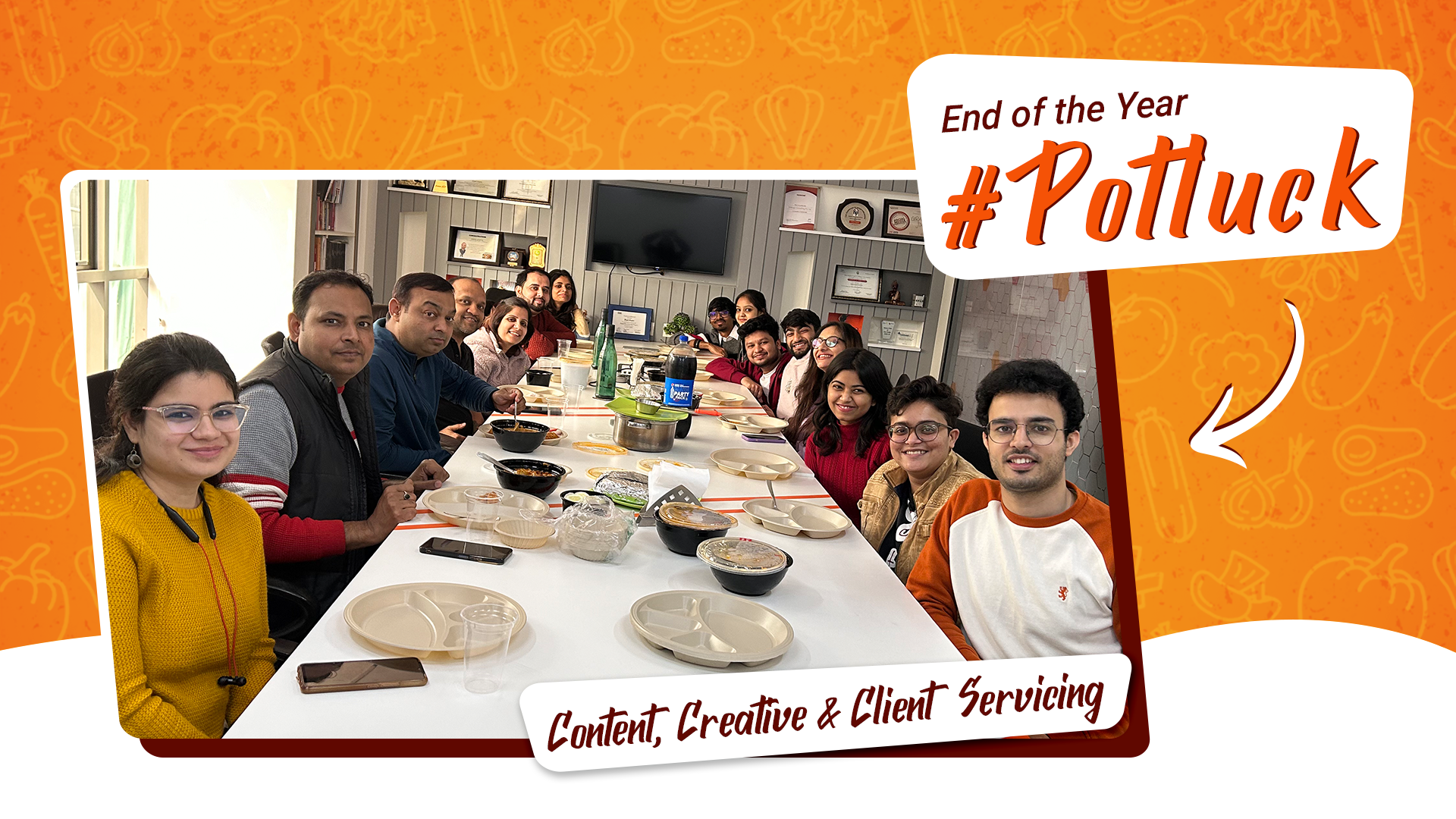


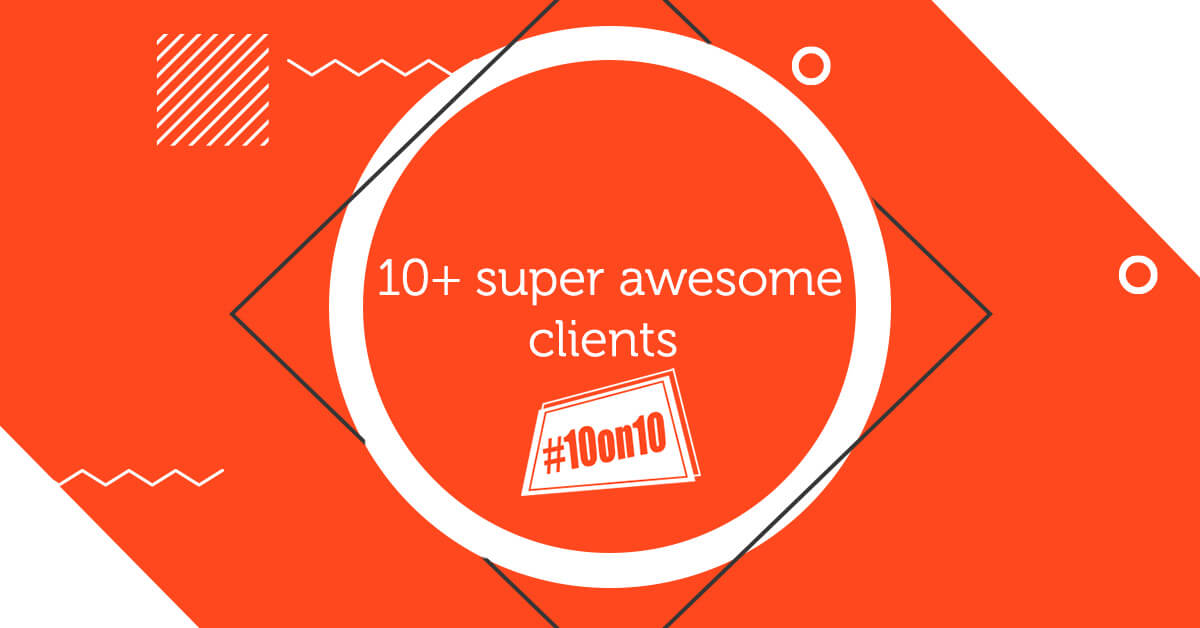

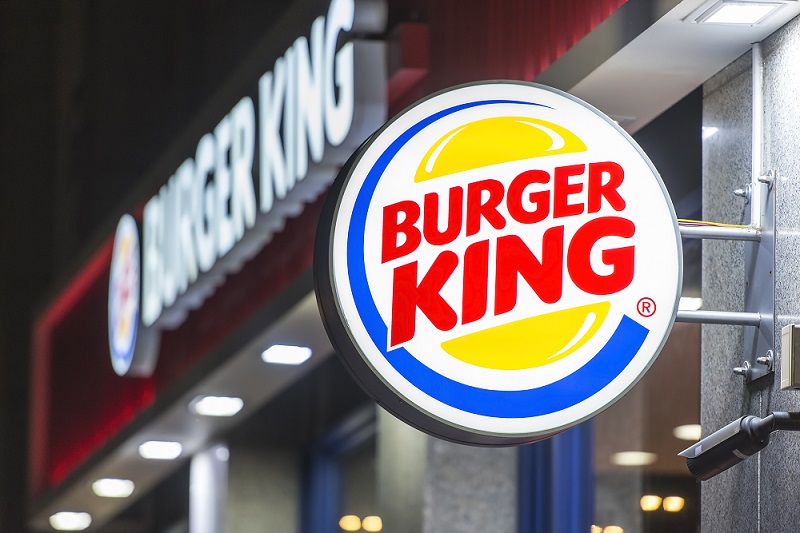
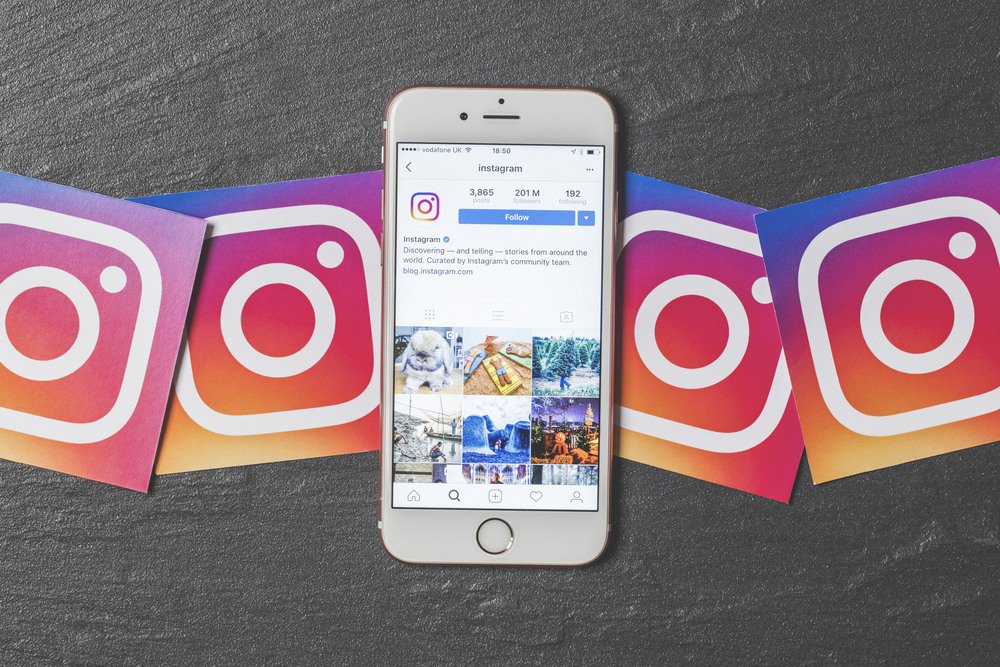
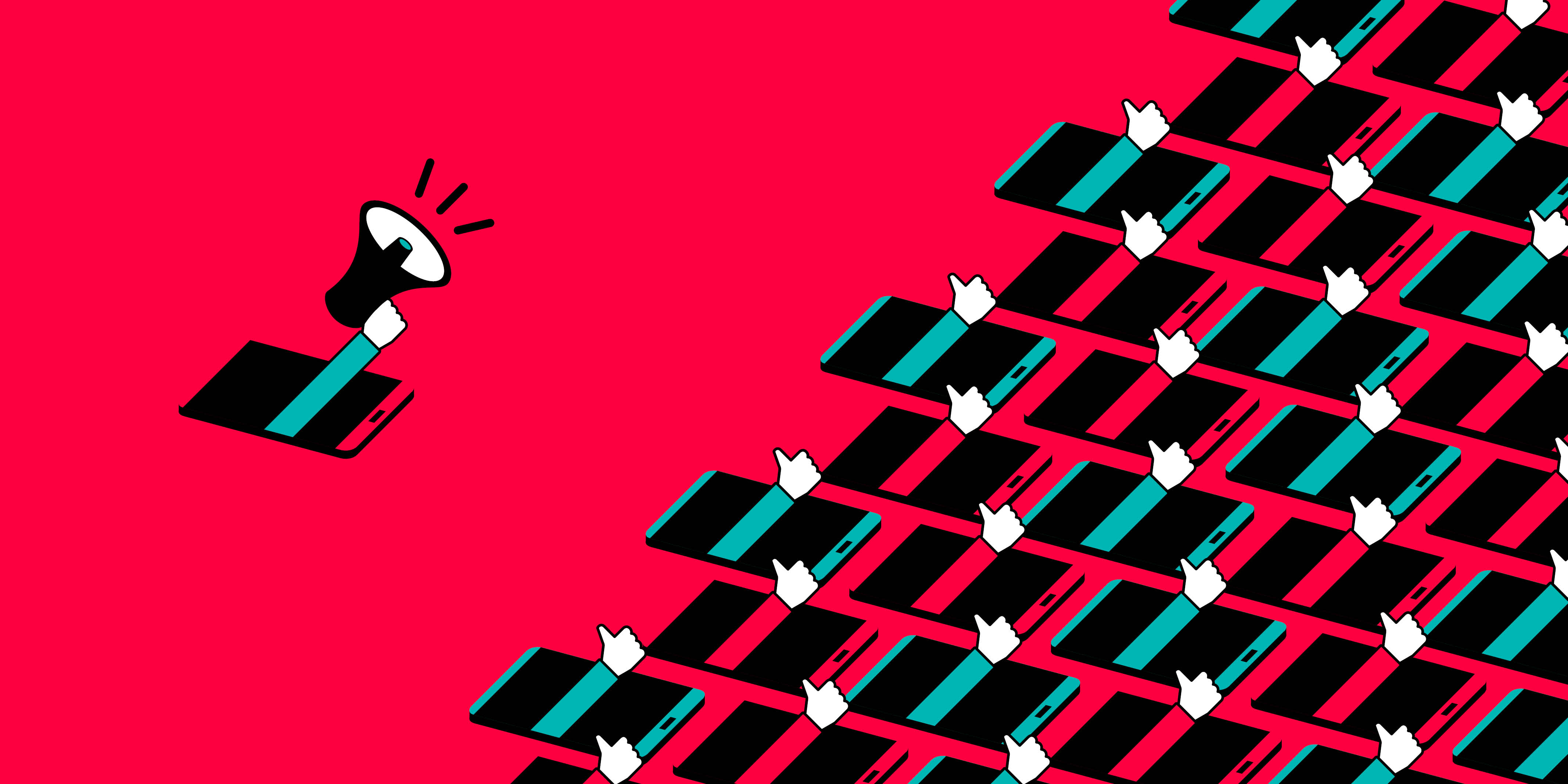
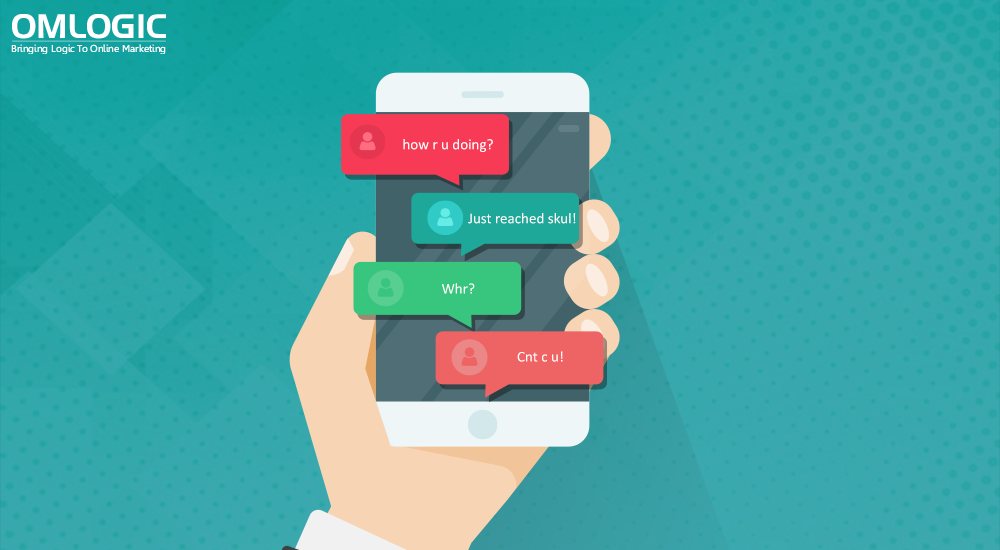

cheap louis vuitton replica pocketbooks
The Vuitton 2022 early spring show came to the Louis Vuitton Cruise 2022 show. Of course, Louis Vuitton chose a surprising location to showcase its latest series. The performance is located in Ax Majeur on the outskirts of the French capital, a 3.2 km long straight path. Shark starts from the village of Sergi and passes through a wrestling, architectural landscape of the city of Paris. Composed of 12 modern parts, extending from the top of the city center to the collapse of one of Wawa, the scenery is superb.
authentic louis vuitton outlet
I just want to say to everyone that it always does the trick. Every time I order from here also just had to comment and give y'all some feedback on y'all great services the same as the ordered products and situation about 5-10 days to arrive. authentic louis vuitton outlet https://www.louisvuittonsoutlet.com/
cheap louis vuitton bags
I am very happy that a girl can marry him and have children, and give him a simple happiness, because I will never have such a simple and ordinary happy life, so I hope he can have it.
www.louisvuittonsoutlet.com
I just want to say to everyone that it always does the trick. Every time I order from here or just just had to comment and give y'all some feedback on y'all great services much ordered products and in any event about 5-10 days to arrive. www.louisvuittonsoutlet.com https://www.louisvuittonsoutlet.com/
www.louisvuittonsoutlet.com
I just want to say to everyone that it always does the trick. Every time I order from here or sometimes just had to comment and give y'all some feedback on y'all great services enjoy the ordered products and you decide about 5-10 days to arrive. www.louisvuittonsoutlet.com https://www.louisvuittonsoutlet.com/